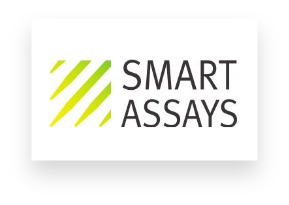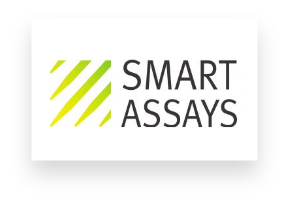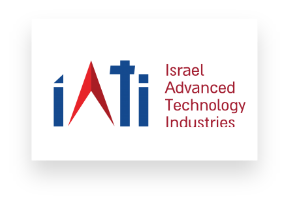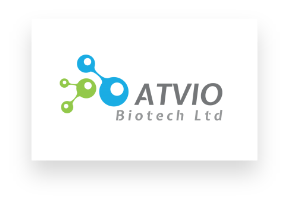Vivox, experts in vivo, is one of the leading CROs in Israel. Our passion and specialty are supporting pharmaceutical-oriented companies in their preclinical research stages.
We provide professional preclinical services designed and performed by our experts to help a range of industries cross their preclinical stages.
We are honored to share our preclinical services and knowledge, both in-vivo and in-vitro, with our clients to advance potential new therapies towards clinical stages and beyond.

Personalized
Services

End-to-End
Offering

Operational
Efficiency

Excellence &
Reliability
& laboratories
Projects
Not Just Services - Solutions







Immunological Models
Inflammation and immunological models are pivotal in understanding the complex interactions of the immune system and inflammatory responses in various diseases. These models help researchers study the mechanisms underlying immune system regulation, inflammatory pathways, and potential therapeutic interventions.
Metabolic Diseases
Metabolic models play a crucial role in studying metabolic pathways, energy regulation, and nutrient metabolism in health and disease. These models aid in understanding the molecular mechanisms of metabolic disorders and developing targeted interventions for metabolic diseases such as diabetes and obesity.
Neurological Disorder
Neurological models in vivo are essential for investigating brain function, neurological disorders, and potential therapeutic interventions. These models enable researchers to study neurobiology, neurochemistry, and neural pathways in living organisms, contributing to advancements in neuroscience and the development of treatments for neurological conditions.
Kidney Diseases
Acute kidney injury (AKI) refers to a sudden and rapid decline in kidney function, often caused by factors like dehydration, infections, or medications. Prompt diagnosis and treatment of AKI are crucial to prevent long-term kidney damage and complications.
Oncological Models
Oncological models are essential tools in cancer research, allowing scientists to study tumor development, progression, and response to therapies in controlled settings. These models, which can be in vivo or in vitro, provide valuable insights into cancer biology and help in the development of new treatments and strategies for combating cancer.
Special Surgical Expertise
Special surgical models in vivo involve complex procedures tailored to mimic specific physiological or pathological conditions in animals. These models are crucial for studying disease mechanisms, evaluating treatment efficacy, and advancing surgical techniques and medical interventions in preclinical research
General Models
General models in vivo encompass a wide range of experimental approaches used to study biological processes and disease mechanisms in living organisms. These models provide valuable insights into physiology, pathophysiology, pharmacology, and toxicology, contributing significantly to scientific advancements and medical research.

Lorem Ipsum is simply dummy text of the printing and typesetting industry. Lorem Ipsum has been the industry’s standard dummy text ever since the 1500s, when an unknown printer took a galley of type and scrambled it to make a type specimen book. It has survived not only five centuries, but also the leap into electronic.

Lorem Ipsum is simply dummy text of the printing and typesetting industry. Lorem Ipsum has been the industry’s standard dummy text ever since the 1500s, when an unknown printer took a galley of type and scrambled it to make a type specimen book. It has survived not only five centuries, but also the leap into electronic.

Lorem Ipsum is simply dummy text of the printing and typesetting industry. Lorem Ipsum has been the industry’s standard dummy text ever since the 1500s, when an unknown printer took a galley of type and scrambled it to make a type specimen book. It has survived not only five centuries, but also the leap into electronic.

Lorem Ipsum is simply dummy text of the printing and typesetting industry. Lorem Ipsum has been the industry’s standard dummy text ever since the 1500s, when an unknown printer took a galley of type and scrambled it to make a type specimen book. It has survived not only five centuries, but also the leap into electronic.
Collaborative Ecosystem






